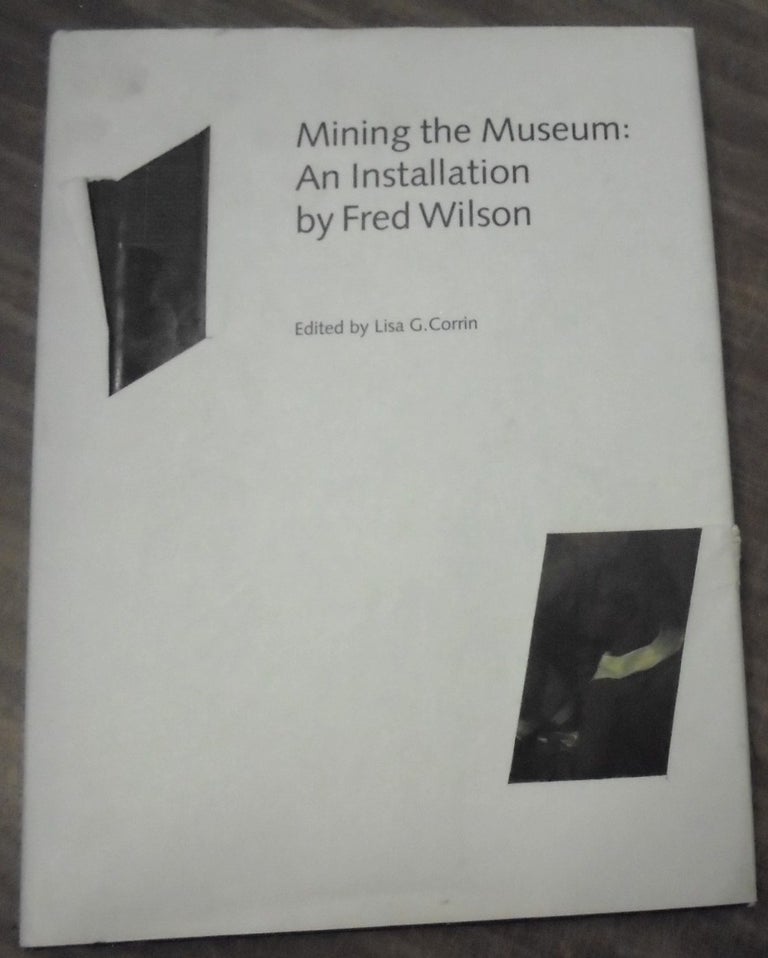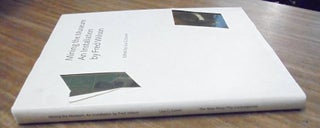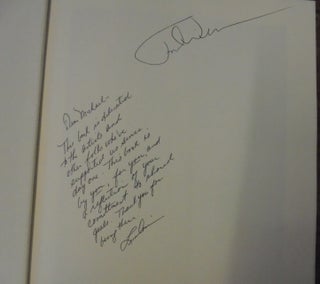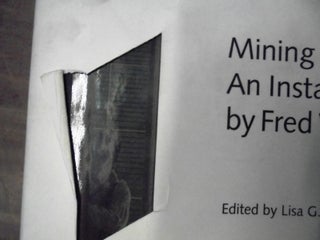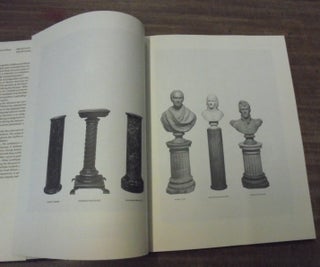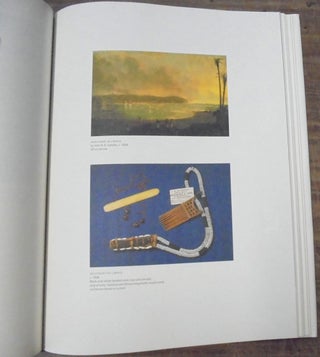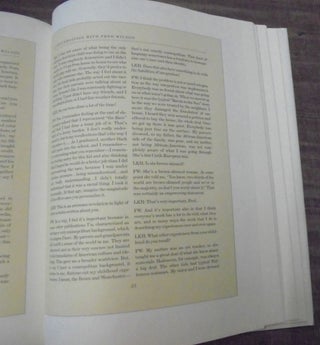Mining the museum : an installation by Fred Wilson
New York: The New Press, 1994. Inscribed/Signed by Corrin; Signed by Wilson. Hardcover. Glossy, color-illus. black boards with black cloth spine; white lettering. Matte white dj with two keyhole cuts and black lettering. lxxii + 87 pages with color and bw images. VG-/Good- (VG, clean and tight volume, but with rubbing to lower corners; some finger smudging to white dj, and one tear emanating from each keyhole cut.). Item #158585
ISBN: 9781565841086
Signed by Fred Wilson and inscribed/signed by Lisa Corrin. Contents include Foreword / George Ciscle and Charles Lyle -- Mining the museum : artists look at museums, museums look at themselves / Lisa G. Corrin -- A conversation with Fred Wilson / Leslie King-Hammond -- Mining the museum and the rethinking of Maryland's history / Ira Berlin -- Mining the project experiences : a discussion with the docents of the Maryland Historical Society / edited by Lisa G. Corrin -- The audience responds -- Checklist of objects in Mining the museum. Edited by Lisa G. Corrin with contributions by Leslie King-Hammond and Ira Berlin. "In 1992, a huge sign was hanging from the façade of the Maryland Historical Society announcing that “another” history was now being told inside. The sign referred to African-American artist Fred Wilson’s exhibition project “Mining the Museum,” which presented the museum’s collection in a new, critical light. 'What they put on view says a lot about a museum, but what they don’t put on view says even more'.' Incorporated in 1844, the Maryland Historical Society was founded to collect, preserve, and study objects related to the state’s history. This mission included accounts of colonization, slavery and abolition, but the museum tended to present this history from a specific viewpoint, namely that of the its white male founding board. It was this worldview that Wilson aimed to “mine.” He did so simply by assembling the museum’s collection in a new and surprising way, deploying various satirical techniques, first and foremost irony. For instance, in the first room of the exhibit, the audience was confronted with a silver globe — an advertising industry award given at clubs in the first half of the century — bearing the single word “Truth.” The trophy was flanked by, on the one side, a trio of portrait busts of prominent white men and, on the other side, three empty black pedestals. The busts were of Napoleon, Henry Clay, and Andrew Jackson. None of these worthies had ever lived in Maryland; they exemplified those deemed deserving of sculptural representation and subsequent museum acquisition. The empty busts were labeled Harriet Tubman, Benjamin Banneker, and Frederick Douglass, three important African-American Marylanders who were overlooked by the ostensibly “local” institution. 'What they put on view says a lot about a museum, but what they don’t put on view says even more,' Wilson said in an interview about his installations. He communicated this point by contrasting what is with what should be. By drawing attention to the overlooked black figures, his installment asked whose truth was on display at the Maryland Historical Society."
OCLC: 30045422
Sorry, this book is not available.
Notify me when this comes back in stock.


